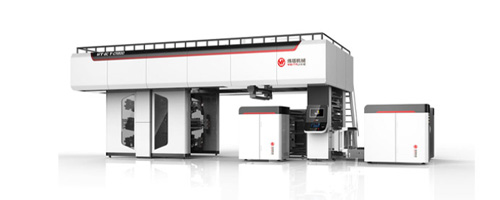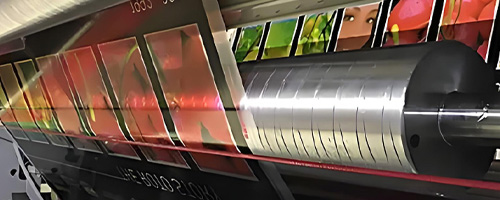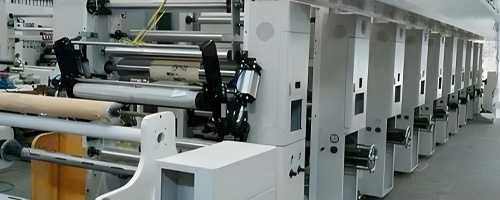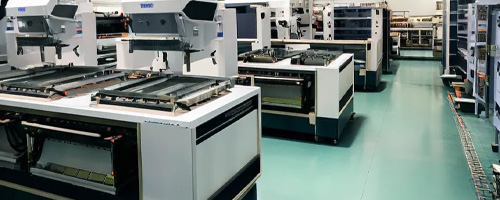 RU
RU
 EN
EN
 CN
CN

Position:HOME > Ink Knowledge

The pattern on the printing plate is prominent, the blank place is concave, through the anilox rollers to transfer ink, generally printed with water-based and UV inks, can reach 400 meters per minute. Flexographic printing is also a kind of letterpress printing.

The printing pattern on the surface of the printing plate is concave, the blank space is protruding, the printing ink layer is very thick, the color is bright, the line is clear, and the saturation is high. Solvent-based ink and water-based ink are available!

The graphic part and the blank part is in the same plane, to the surface of the printing plate inking, only the graphic part of the adsorption of ink, plate work is simple, low cost, suitable for large quantities of printing, mainly using solvent-based inks.

The printing plate consists of a number of small sieve holes, non-graphic part of the mesh is coated with a photopolymer coating sealed, printing adaptability, thick ink layer, three-dimensional sense of strong, bright colors, mainly solvent-based ink.
In the printing industry, UV ink is widely used for printing various materials, including metal surfaces, due to its fast curing, bright colors, wear resistance, and weather resistance. However, the special properties of metal surfaces, such as high smoot
Jul 19 2024
The occurrence of anti sticking phenomenon in flexographic water-based ink during the printing process is a problem involving multiple factors such as ink quality, printing technology, equipment status
Jul 19 2024
The selection of printing technology is crucial in the production process of napkins, a daily consumable. It not only affects the appearance quality and market appeal of products, but also relates to multiple aspects such as production costs,
Jul 18 2024
Napkins can be printed with water-based ink. Water based ink has been widely used in napkin printing due to its environmentally friendly and non-toxic characteristics.
Jul 18 2024
In the printing process of water-based ink, additives are often needed to ensure the stability of the ink and the printing effect. These additives can adjust the pH value, viscosity, drying speed, and other properties of ink, thereby overcoming the weakne
Jul 18 2024
The environmental characteristics of water-based ink have been widely recognized, but paper towels come into contact with food. If the ink used to print paper towels is not safe enough, it can cause harm to human health. So, can water-based ink be used to
Jul 17 2024
Aluminum foil can also be printed with water-based ink. Aluminum foil, as a non absorbent substrate, poses a significant challenge to water-based ink printing. However, some aluminum foil products that require food grade printing cannot be printed with oi
Jul 17 2024
ue to its environmentally friendly characteristics, many cardboard boxes now use water-based ink for printing. With the improvement of water-based ink technology in recent years, there have been significant advances in color
Jul 17 2024
Flexographic printing and gravure printing, as two mainstream printing technologies, each have unique advantages and applicable scenarios. This article will comprehensively explore the differences, advantages, and practical applications of these two print
Jul 16 2024
Offset ink and flexographic ink are two commonly used inks in printing enterprises, and there are still significant differences between the two. Offset ink is mostly solvent based ink used in offset printing machines,
Jul 16 2024